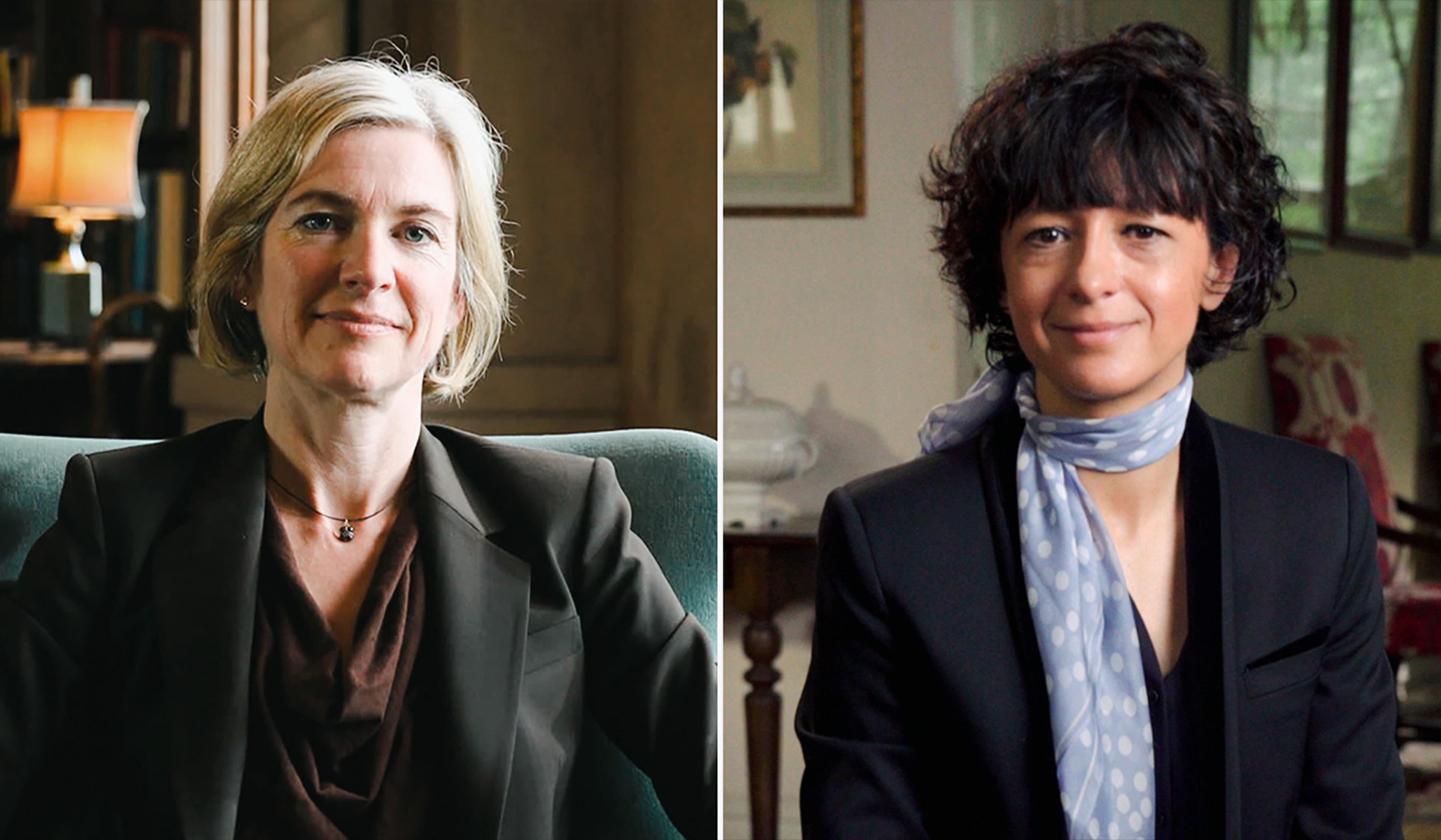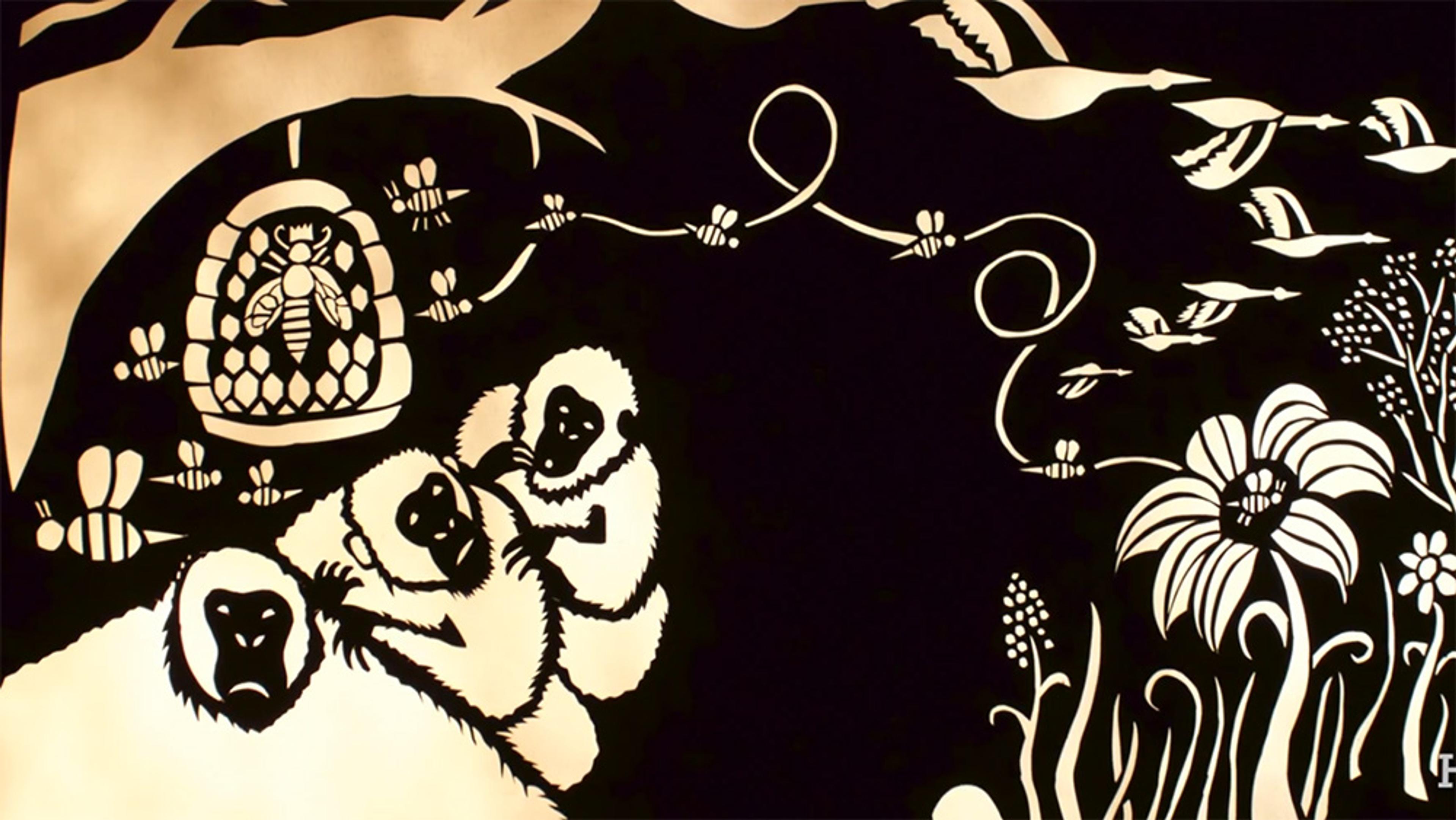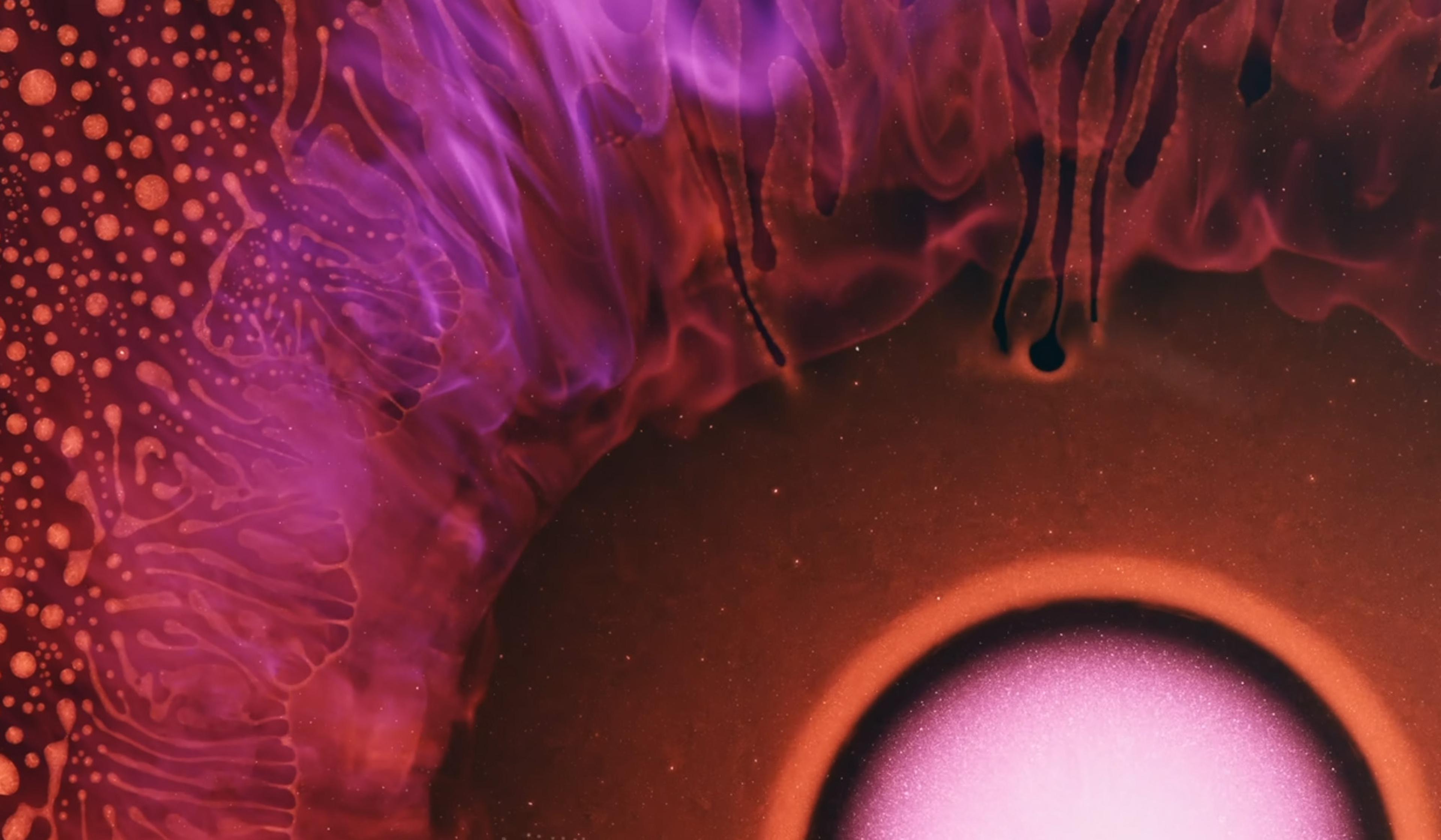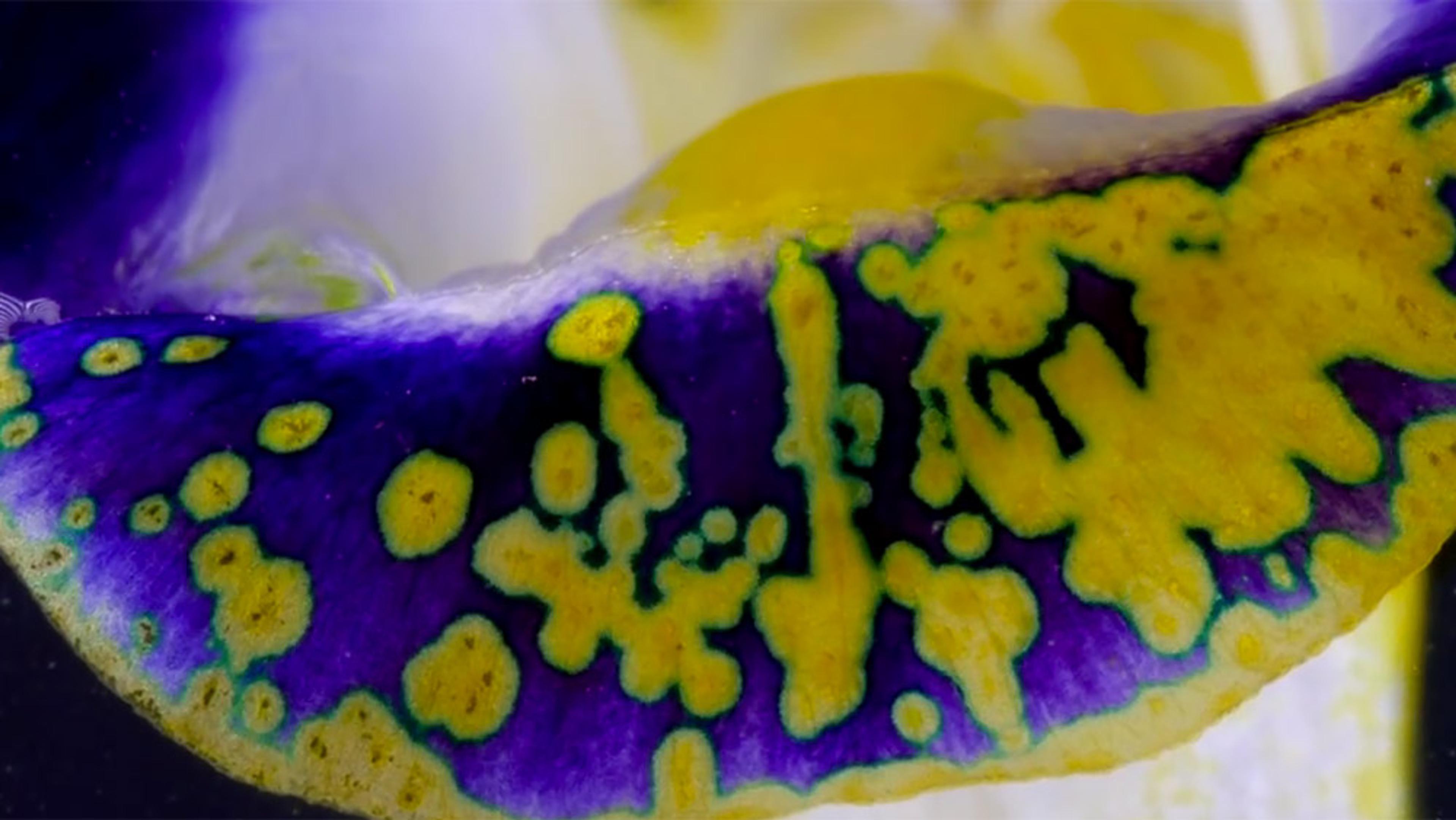‘Chirality’ refers to a property of molecules that come in two distinct varieties – a ‘right-handed’ and ‘left-handed’ form. At first glance, this concept may seem like an esoteric bit of knowledge relevant only to lab chemists. However, the fact takes on a new meaning when you consider that, while chemical reactions tend to produce a 50:50 chiral mix of these molecules, the building blocks of life come in a single (or homochiral) form – and indeed must for life as we know it to operate. That’s all to say, at the core of the origin of life is a mystery of homochirality.
This film from the science documentary series Chemistry Shorts explores how the groundbreaking experiments of two Harvard University scientists, S Furkan Ozturk and Dimitar Sasselov, may have cracked the case of how the ‘prebiotic soup’ generated homochirality – and in doing so, made life possible. Balancing the chemical nitty-gritty of it all with the larger existential questions their work probes, the film makes for a riveting dive into a potential breakthrough on one of science’s most enduring mysteries.








